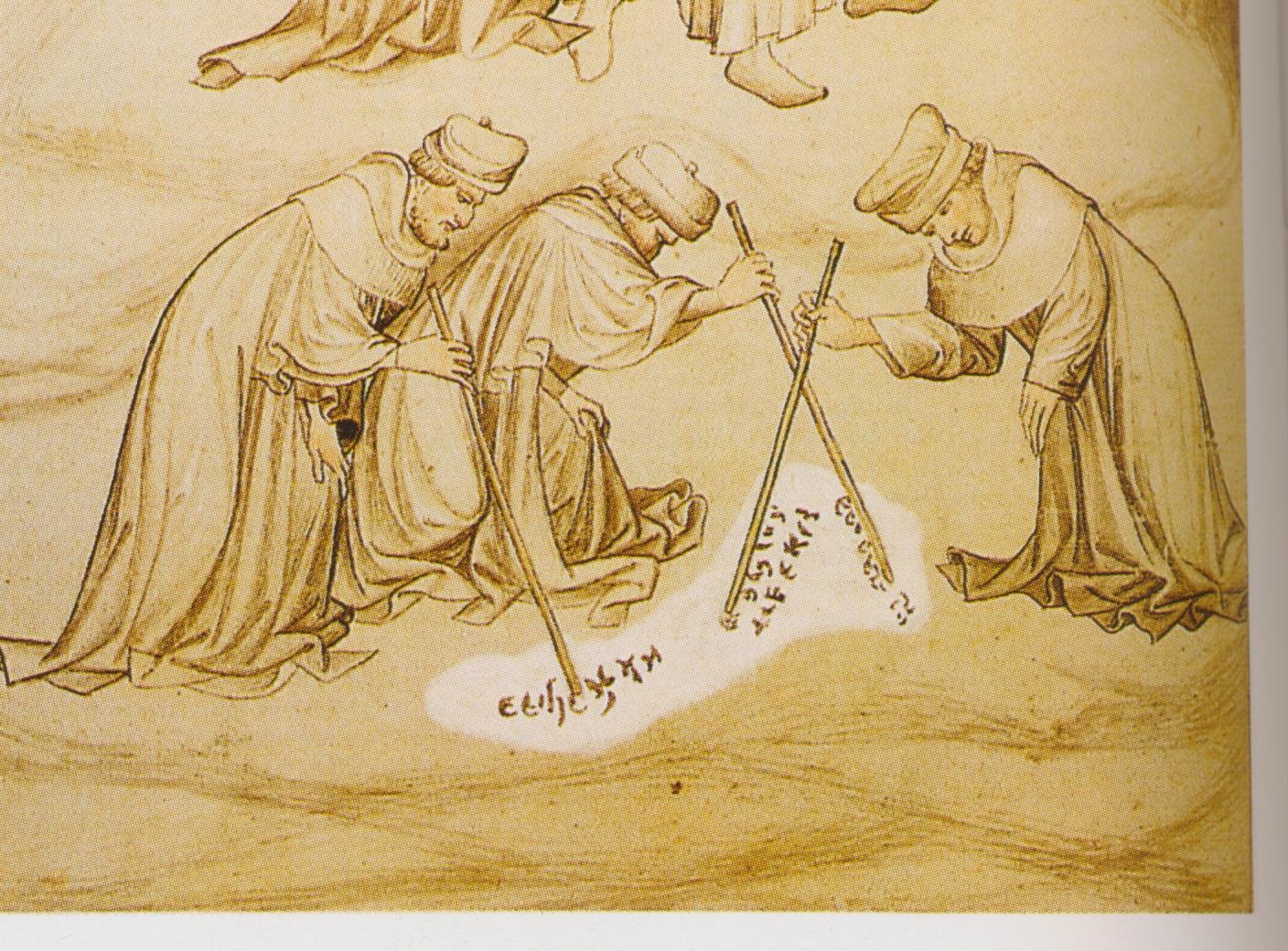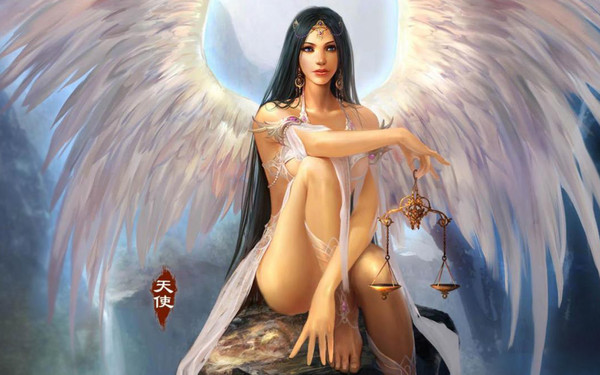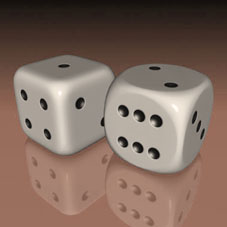Geomancia is probably one of the oldest divinatory arts in the world. It is widespread on five continents and derives its particularity from the diversity of techniques used varying from country to country. It is a divination technique based on the analysis of certain figures born from the combination of four traits. Despite the diversity of techniques, commonalities remain. Even if this technique may be more complex than others, it is not difficult to practice it to predict the future for yourself or your loved ones. This article offers you a global view of this ancient technique of divination.
Origin and practice of geomancia
The word geomancia comes from the Latin term "geomantia" which means "divination by the earth." This practice was known long before its appearance in France in 1333 in a handwritten translation of Vincent BEAUVAIS's Historial Mirror, written by Jean VIGNAY at the request of King Philip VI and his wife Jeanne de BOURGOGNE. Like almost all divination techniques, geomancia does not have a certain origin. For some authors, it came from Persia like many others, while for other scholars it has an Arab origin. However, when considering the way the figures are constructed and their placement in the oracle, it is likely to come from a civilization using a writing from right to left. Geomancia is indeed a method based on a series of figures composed of four lines of points. These points are obtained by observing objects thrown or placed on a flat surface. Under other heavens, it is not objects that are laid or discarded, but rather lines drawn in sand or on paper and which are counted or just the observation of certain elements arranged in nature without it being a human work. In some parts of the world (Africa for example and Asia) the geomancien uses a square plateau with sand inside on which he draws with his middle finger a series of small strokes (four lines exactly) that will form 16 geomatic figures. In other countries, these figures are made on paper using a pencil. Once these traits are drawn, they are brought together to form a figure. It is this figure that will be interpreted. It is also important to know that geomancia is done in a quiet and highly concentrated place. Fix your mind on what concerns you and ask your question in a positive, not a negative, form. Instead of asking, for example, "Am I not going to get sick this month?" say "will I get sick this month?







